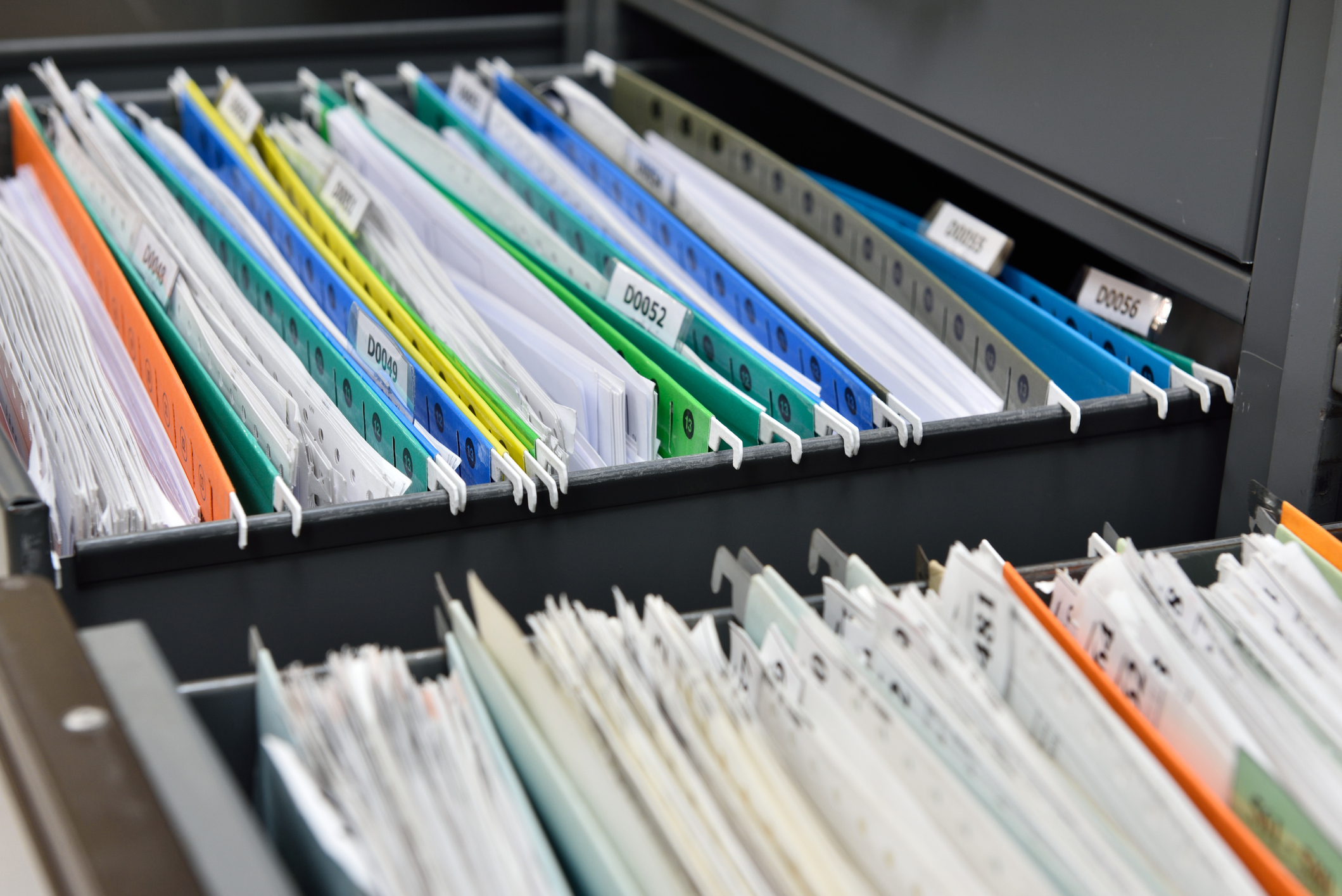Part 1: Effective Record-Keeping for Child Protection Matters
Written by: Telios Teaches, training provided by Telios Law PLLC
In an era where ministries may face lawsuits based upon decades-old
allegations of child abuse, effective child protection policies and
documentation are paramount for organizations that work with children. This
includes record-keeping practices in the child protection context that will
ensure problems are tracked and all relevant evidence is preserved for
future investigations, external reporting, or litigation.
This two-part series discusses how ministries can gather, organize, and store
documents for child safety. This first installment of the series explains the
purposes and principles behind record-keeping in the child protection
context and discusses evidentiary issues that may be relevant.
Purposes and Principles Behind Maintaining Child Protection Files
Effective internal reporting and record-keeping are vitally important in the
child protection context. First, when allegations or suspicions arise against a
member or employee of an organization, even ones that are not credible or
ultimately unsubstantiated, the proper documentation of the allegations and
the organization’s investigative response provides a record for handling
matters in the future. For example, allegations against an employee may be
determined to be unsubstantiated, but if allegations against the same person
from a different alleged victim arise later, proper documentation of the
former matter will be vital for discerning common elements and patterns of
the alleged abuse in both matters. Conversely, an alleged victim may be a
serial false reporter. For many reasons, keeping appropriate records is
critically important.
Second, keeping appropriate records helps an organization make personnel
decisions and manage risk from a child protection perspective. When a
member or employee is being considered for placement in a role in which he
or she will have access to children, having records that might raise flags of
that person’s unfitness to serve in that capacity will help to ensure that only
the most vetted and trusted personnel will have access to children.
Third, in the terrible event that a member or employee of the organization
abuses children and is charged with crimes related to that abuse, the
organization’s records may be one of the few sources of evidence to bring
the offender to justice. It may also be the case that an innocent accused may
be justly exonerated by an organization’s records. With the fair and correct
administration of justice a priority, an organization will properly document all
aspects of every child protection matter.
Lastly, an organization may risk liability by failing to properly document how
abuse allegations were handled and reported. Organizations can be liable for
mishandling child protection matters and failing to properly respond to
allegations. Another area of high risk is lawsuits from those accused who
believed that they were defamed or that their file was otherwise mishandled.
When an organization’s handling of an abuse matter is called into question, it
will need to be prepared to defend its procedure. Such a defense requires
being able to show through documented evidence what the organization
knew, when it learned of the information, who was involved, and what the
response was.
The Rules of Evidence
Documents and records being used to demonstrate the guilt of an offender
or exonerate an organization from liability must be admissible as evidence
before a tribunal under the rules of evidence in that legal jurisdiction..
One of the greatest barriers to document admissibility under U.S. evidence
rules is the so-called “hearsay rule,” which bars admission of evidence
containing out-of-court statements being offered to prove the truth of those
statements. However, one of the exceptions to the hearsay rule is the
business records exceptions, which allows admission of records of an act,
event, condition, opinion, or diagnosis if:
1. the record was made at or near the time by—or from information
transmitted by—someone with knowledge;
2. the record was kept in the course of a regularly conducted activity of a
business, organization, occupation, or calling, whether or not for profit;
3. making the record was a regular practice of that activity;
4. all these conditions are shown by the testimony of the custodian or
another qualified witness.
Another rule of evidence that could exclude evidence is the so-called “best-
evidence rule,” which requires an original version of a document to prove the
contents thereof.
For example, under this rule, a party could not prove the
contents of an abuse report, email, interview transcript, or other documents
by simply offering correspondence or notes describing or quoting its
contents. A party would need to have the original document.
Another related rule, the so-called “demonstrative exhibit” rule, bars
admission of tables, spreadsheets, graphs, charts, and other summaries of
information unless the underlying documents from which the data in the
summary was aggregated are produced to other parties in litigation.
For example, a spreadsheet summary showing aggregated data related to abuse
matters would likely not be admissible in court unless all of the
correspondence, records, and reports on which the summary is based are
available and can be provided to other parties in the case.
An organization should be able to demonstrate how it went from “report,” or
even “rumor,” to substantiating a claim of abuse or other employee
misconduct. It should capture the actual evidence upon which it based its
conclusion.
These are just a few examples of how evidentiary rules might come into play
either in the context of a criminal proceeding against an alleged offender or
in a civil lawsuit against an organization for negligent handling of an abuse
matter. In light of these evidentiary rules, child protection records must be
gathered and stored in a manner that helps to ensure their greatest
likelihood of admissibility in a court of law, if that is ever needed.
are grateful for this post.





Leave a Comment